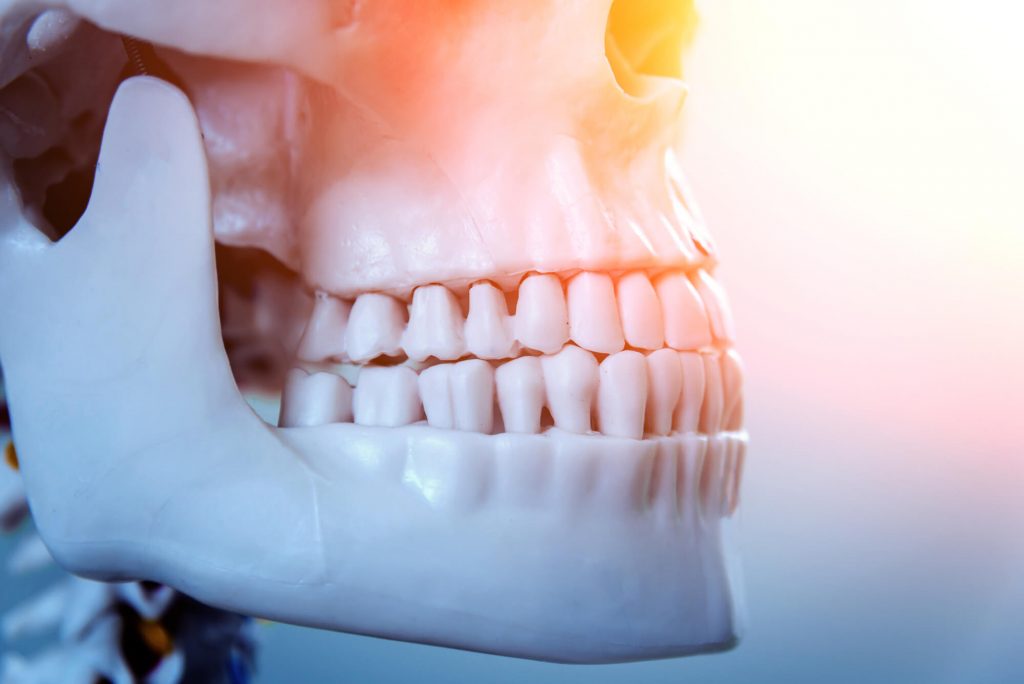Every time you close your mouth, what should normally happen is for the teeth of the upper jaw to close over the top of the lower teeth. When there is misalignment between the upper and lower teeth, this could be a crossbite.
What Is a Crossbite?
Some people have their upper teeth inside of their lower teeth. This misalignment is called a crossbite and can happen for just one tooth or a group of teeth. A trained orthodontist will be able to easily assess the problem and offer solutions.
What Causes a Crossbite?
There are many reasons why crossbites can occur. Some of these are natural while others are a result of human action. Genetics always play a role in teeth formation. Some children experience delayed loss of baby teeth, which can cause misalignment, or permanent teeth may erupt in an abnormal way. The habit of thumb sucking can also lead to a crossbite.
Types of Crossbite
There are different ways for a crossbite to occur. This classification is purely based on the position and direction of the misalignment.
Anterior Crossbite
When the upper front teeth sit behind the lower teeth, it is called an anterior crossbite. This can happen if the lower teeth are crowded and push forward, if the upper jaw is not wide enough, if thumb sucking in childhood has caused the upper jaw to become too narrow, or if the patient has had a cleft lip surgery.
Posterior Crossbite
A posterior crossbite is just like anterior crossbite but it happens at the back of the mouth. This form of misalignment is comparatively easy to treat if caught early.
Buccal Crossbite
When upper teeth develop and move toward the cheek and create a misalignment, it is called a buccal crossbite. The misalignment will expose the biting surface of the teeth, which you can feel with your tongue when you close your mouth.
Lingual Crossbite
When upper teeth develop inward towards the tongue, it results in a lingual crossbite. In this case, you will also be able to feel the surface of the biting area of the misaligned teeth with your tongue when your mouth is closed.
Unilateral and Bilateral Crossbite
A crossbite is also classified based on whether or not it affects both sides of the mouth. If it impacts only one side, it is called a unilateral crossbite and if it affects both sides of the mouth, it is called a bilateral crossbite.
Single Tooth and Segmental
When just one tooth is misaligned, it is called a single tooth crossbite. When a segment of the jaw, i.e., a group of two to three teeth, is misaligned rather than all the teeth, it is called a segmental crossbite.
How to Fix a Crossbite
Braces is the most common way of treating crossbites. It can be used to put teeth in proper alignment and even help widen the upper jaw. If you don’t like the look of metal on your teeth, there are other options, such as invisible aligner braces and clear braces.

